DNA Fingerprinting - Definition, Principle, Steps, Applications & Diagram
“DNA fingerprinting is a technique that shows the genetic makeup of living things. It is a method of finding the difference between the satellite DNA regions in the genome.” DNA fingerprinting is a technique used to identify individuals based on their unique genetic makeup. It involves analyzing specific regions of the DNA that vary between individuals, making it possible to distinguish one person from another. Being part Biotechnology chapter class 12th Biology it becomes important from an examination perspective.
Don't Miss: Most scoring concepts for NEET | NEET papers with solutions
NEET 2025: Syllabus | PYQs | Crack NEET in 2 months - Study Plan
NEET Important PYQ & Solutions: Physics | Chemistry | Biology | NEET PYQ's (2015-24)
- What is DNA Fingerprinting?
- Principles of DNA Fingerprinting
- DNA Fingerprinting Steps
- Methods of DNA Fingerprinting
- DNA Fingerprinting Applications
- Recommended Video for DNA Fingerprinting
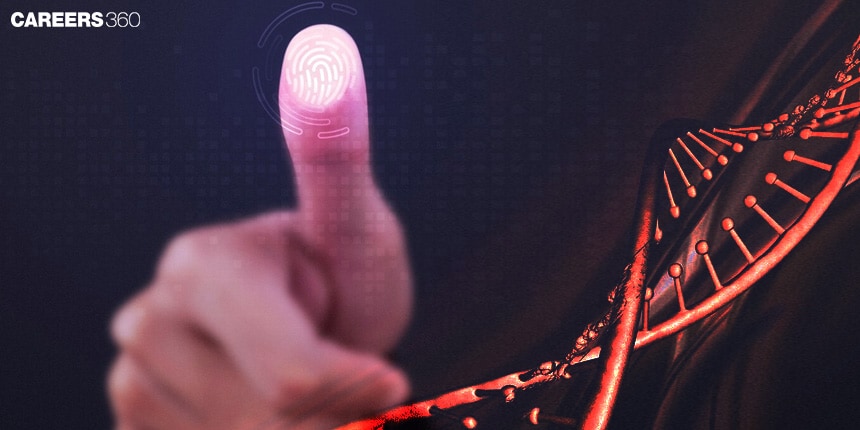
What is DNA Fingerprinting?
DNA Fingerprinting, also known as DNA Profiling, is a procedure that reveals the genetic makeup of any living organism. Differentiation of one person from another is made through variations in their satellite DNA regions. This has brought a revolutionary change in the field of modern science, particularly in forensic and genetic studies.
DNA fingerprinting was first discovered in the 1980s. In 1984, the British geneticist Dr Alec Jeffreys discovered a novel breakthrough technique; eventually, it created a powerful tool for genetic identification and analysis.
DNA fingerprinting is vital in many applications and areas, including forensic science and paternity testing. It is highly applied in the disclosure of crime scenes, diagnosis of genetic diseases, and understanding of biological evolution.
Also Read:
Principles of DNA Fingerprinting
Genetic Uniqueness
DNA fingerprinting is based on the fact that every person, except for identical twins, will have a unique DNA sequence.
Polymorphic Regions in DNA
DNA has very polymorphic regions, for instance, Short Tandem Repeats (STRs) and Variable Number Tandem Repeats (VNTRs), that exhibit great differences among individuals and are, therefore, hyper-informative for genetic identification.
Structure of STRs and VNTRs
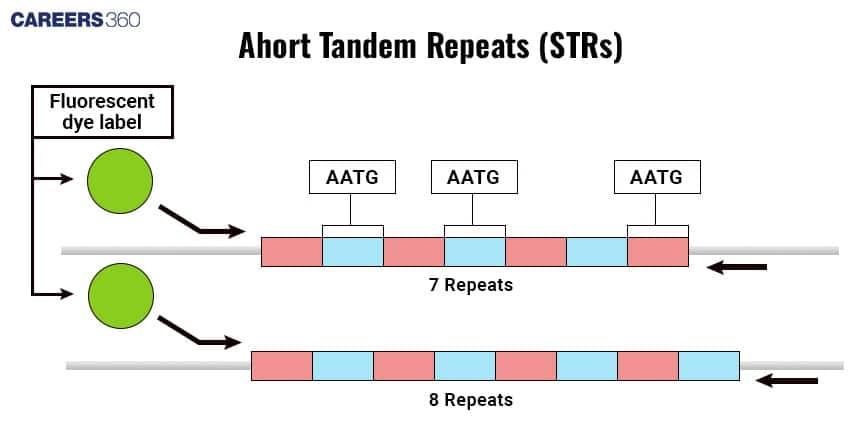
DNA Fingerprinting Steps
Sample Collection
DNA could be extracted from blood, hair, saliva, and skin cells, amongst others. Care should always be taken to ensure the cleanliness and purity of the sample for the best results.
Isolation of DNA
DNA extraction from preserved samples did not distort or contaminate the sample in any way.
DNA Extraction Process
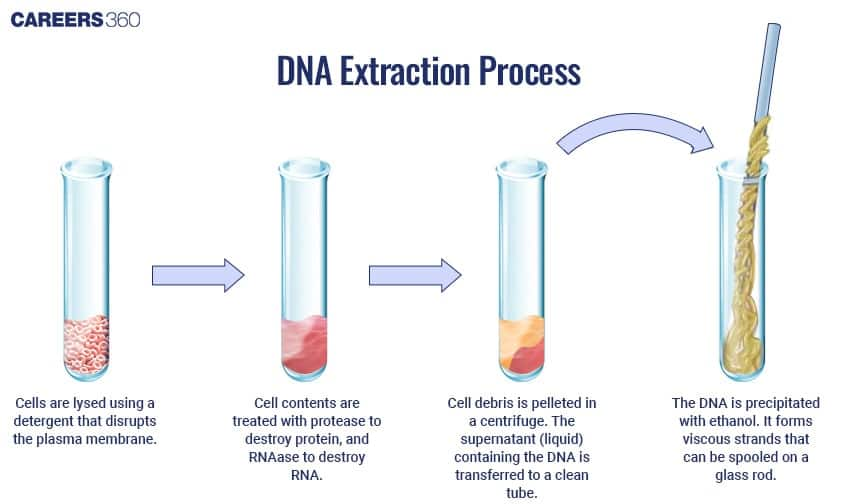
Digestion of DNA by Restriction Endonucleases
Restriction enzymes work on cutting DNA at precise recognition sites, thereby creating a specific pattern of DNA fragments. The DNA fingerprint is then composed of these fragments.
The action of Restriction Endonucleases on DNA
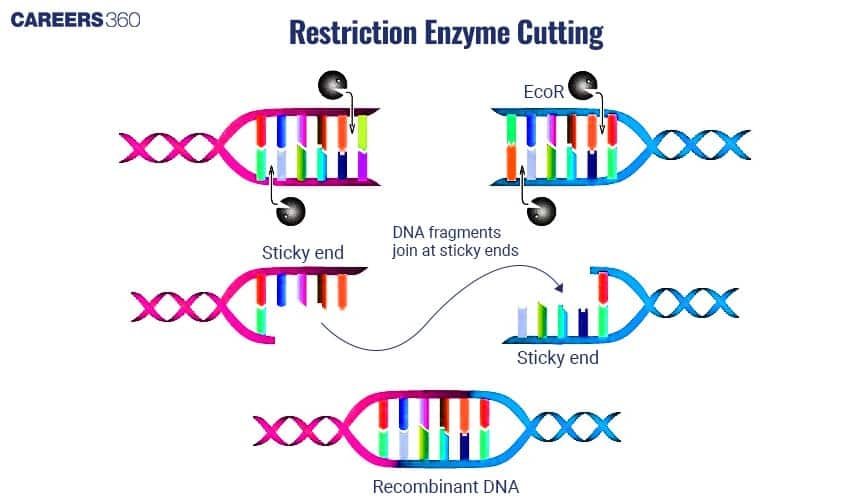
Separation of DNA Fragments by Electrophoresis
DNA fragments are sorted by size using agarose gel electrophoresis and an electric field. This step images the DNA bands.
Gel Electrophoresis Setup
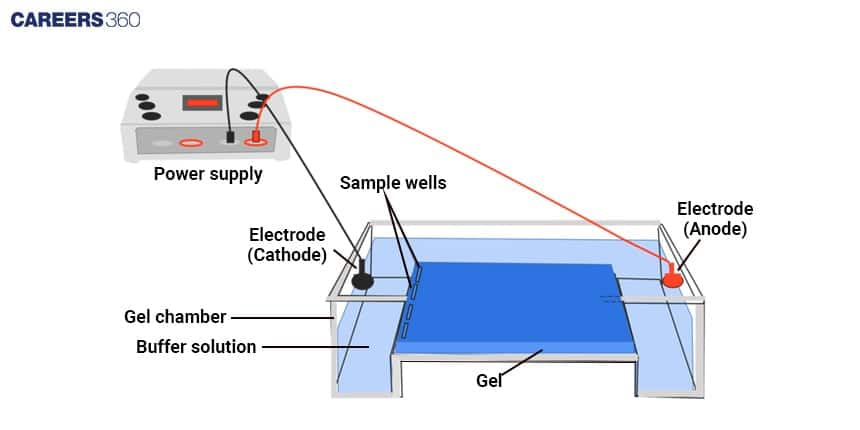
Transferring (Blotting) Separated DNA Fragments to Synthetic Membranes
The DNA fragments are transferred from the gel onto a nylon or nitrocellulose membrane in preparation for hybridisation.
Blotting Process

Hybridisation Using Labelled VNTR Probe
The transferred membrane strands of DNA are exposed to labelled DNA probes, which are complementary to the known DNA sequences to be measured. The unique DNA patterns are thus highlighted.
Hybridization Process
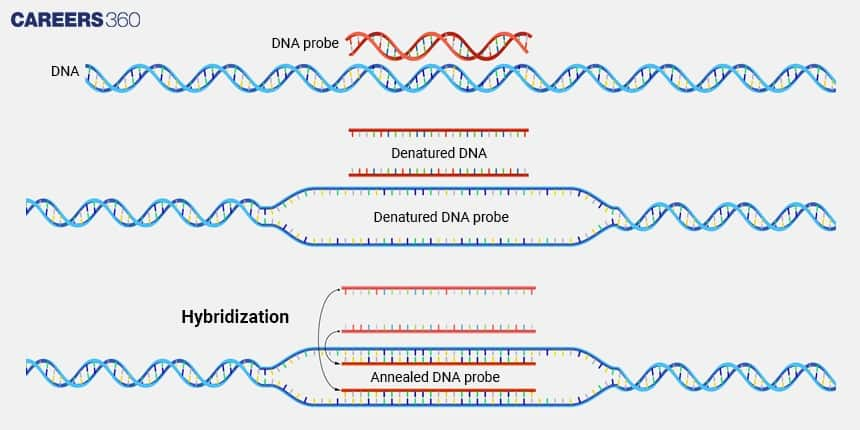
Detection of Hybridised DNA Fragments by Autoradiography
Autoradiography exposes the radiolabeled DNA probes to the separated fragments of DNA on the membrane, revealing unique DNA band patterns for different individuals.
Autoradiography Process
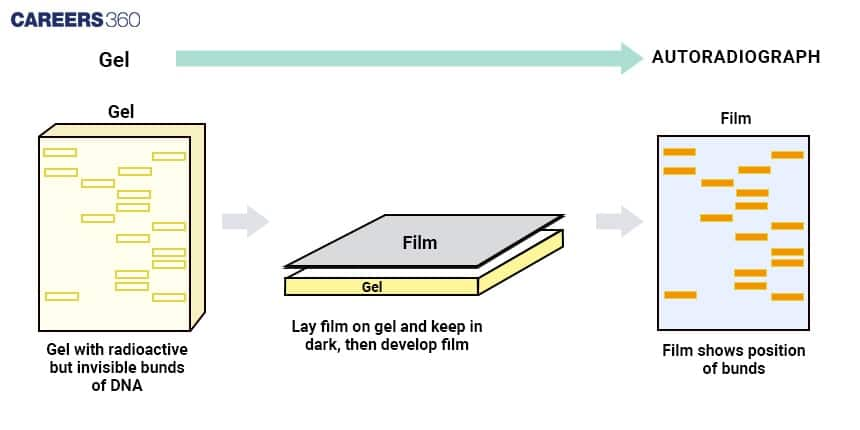
Methods of DNA Fingerprinting
The methods of DNA fingerprinting are described below:
Restriction Fragment Length Polymorphism (RFLP)
RFLP studies the variability in the lengths of DNA fragments digested by restriction enzymes. This technique, although not in use so frequently at present, was one of the earliest methods of DNA profiling.
Steps in RFLP Analysis

Polymerase Chain Reaction (PCR)
PCR helps to amplify desired DNA fragments, making it possible to look for analysis in very small amounts of DNA. PCR is a popular technique, as it is fast and very sensitive.
Diagram: PCR Process

Short Tandem Repeats (STR) Analysis
STR analysis is the most commonly used technique at present for DNA fingerprinting. It studies only specific areas of DNA that show hypervariability between individuals.
Diagram: STR Profiling
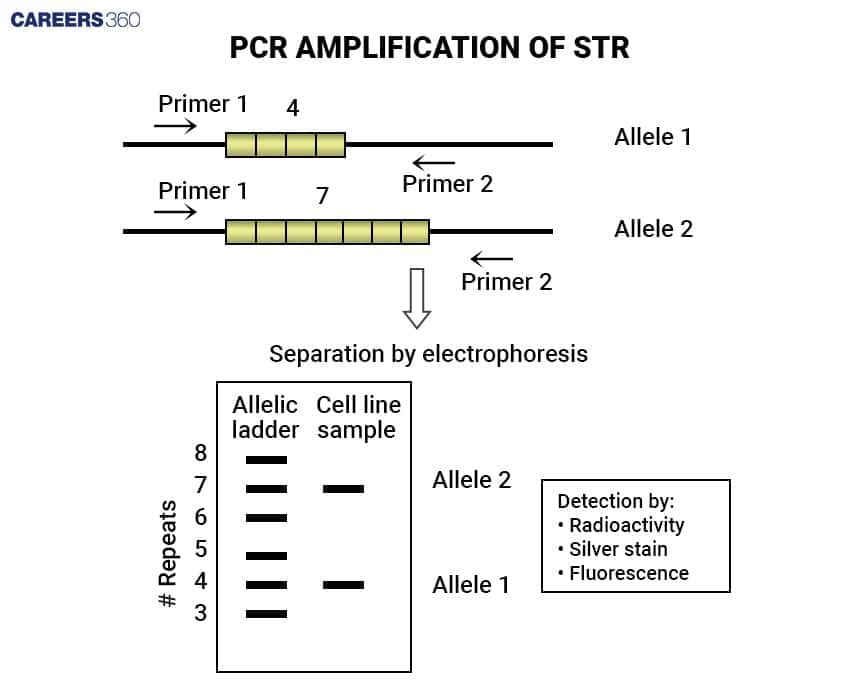
Mitochondrial DNA Analysis
Mitochondrial DNA analysis is used for studying ancient DNA and tracing the maternal lineage. It can often be the only source of DNA in forensic applications due to the lack of nuclear DNA.
Diagram: Mitochondrial DNA Structure
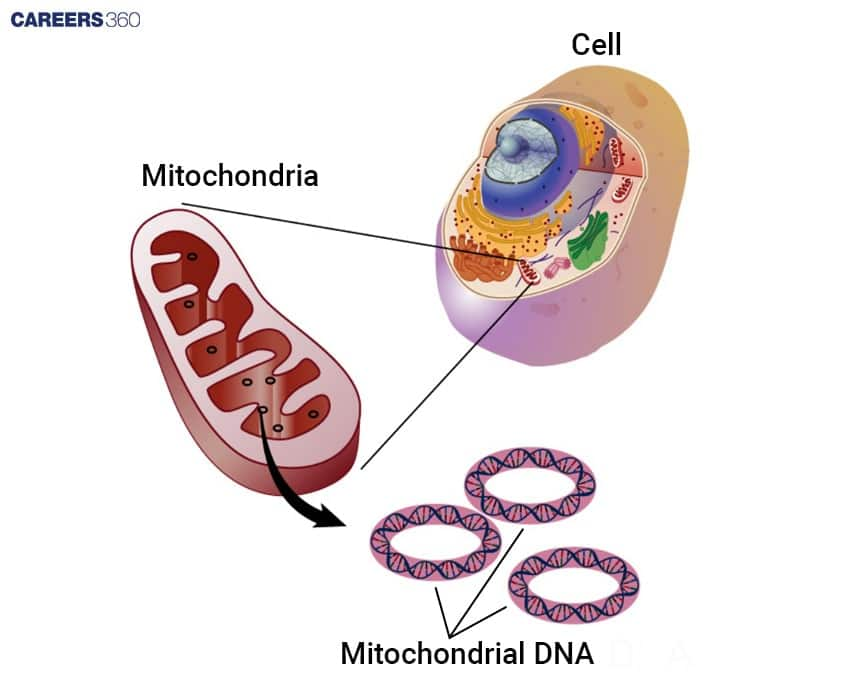
DNA Fingerprinting Applications
Forensic Science
It is an essential technique in forensic science for use in crime scene investigations and paternity testing.
Diagram: Use of DNA Fingerprinting in Crime Scenes
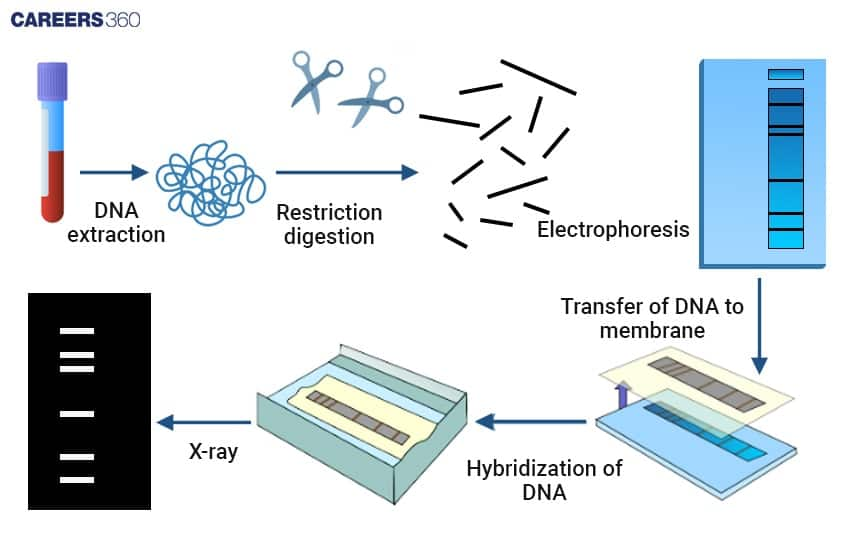
Medical Applications
It is involved in the clinical diagnosis of genetic diseases and matching tissues for transplants to develop a personalized medicine system.
Biological Research
In evolutionary biology and population genetics, DNA fingerprinting studies genetic variability and the evolutionary relationship among species.
Advantages and Limitations of DNA Fingerprinting
High Accuracy and Reliability - DNA fingerprinting has the highest precision and reliability and is therefore useful in almost every field.
Non-invasive and Rapid- The technique can be done with high speed and noninvasively, only with a small sample.
Also Read:
Recommended Video for DNA Fingerprinting
Frequently Asked Questions (FAQs)
DNA fingerprinting is the process of identifying the individual by looking at the unique DNA sequence.
The technique is used to match DNA samples found at crime scenes to suspects, thereby assisting criminal investigations.
Key methods to be used comprise RFLP, PCR, STR analysis, and mitochondrial DNA analysis.
The advantages are high accuracy, reliability, and the ability to analyze small samples.
Ethical issues stem from privacy concerns and possibly misusing genetic information.
Also Read
22 Nov'24 12:15 PM
11 Nov'24 07:51 AM
24 Oct'24 10:12 AM
23 Oct'24 09:13 AM
22 Oct'24 11:05 AM
22 Oct'24 10:04 AM
01 Oct'24 09:23 AM